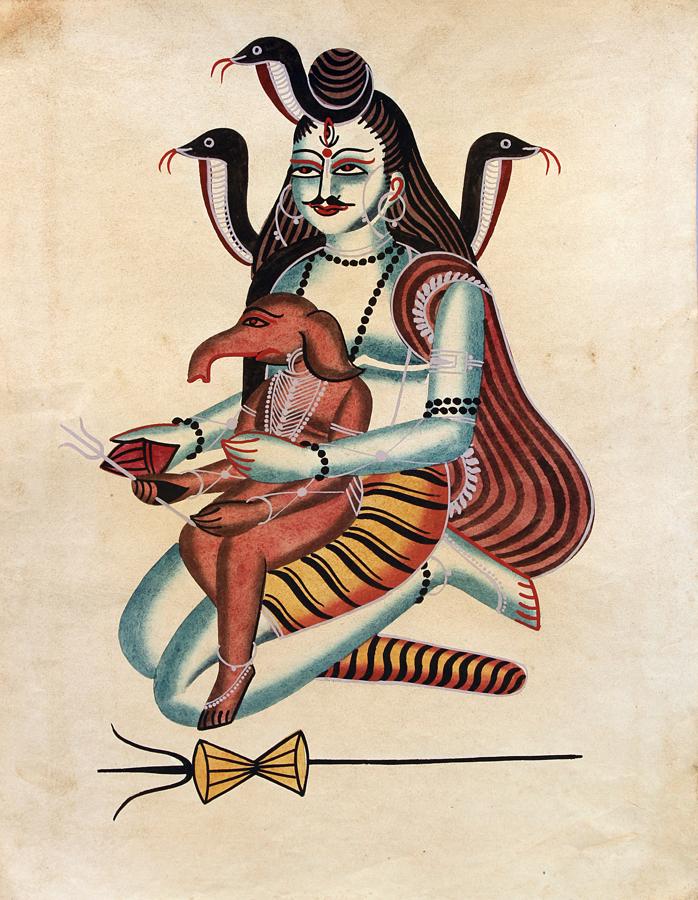- Team Mojarto
Bengal and art share a unique kind of relationship. Many art forms and schools of art have flourished in and around Bengal. The Bengal patronised art forms were unique in their techniques and intricacies. They go on from a nascent idea to an established concept with less influence and more individuality. One such folk art which originated in the late 19th century is the Kalighat paintings. This folk art flourished around the Kalighat Kali temple in Bengal.

Kalighat paintings were traditionally hand painted by pautuas (folk artists) on a piece of cloth called patas. It originally emerged as a souvenir for the devotees who visited the temple. Coherently, these artworks graced themes of Hindu deities and mythology.

Folk art is known for its pristine colour pattern. The artists use vibrant, opaque colours and firm lines. Initially, natural dyes and colours were used to preserve the indigeneity of the rural art form. Mahabharata, Ramayana, goddess Kali, Lord Krishna and Shiva were some of the prevalent themes of the paintings. With urbanisation and time, the themes got diversified and absorbed the social and political conditions of colonial Bengal. Later, the ‘Babu’ culture became the expression of contemporary life.

This art of simplicity inspired modern artists like Jamini Roy. The maestro artist turned to Kalighat paintings for their stylistic influence. Jamini Roy (born: April 11, 1887) is known for his passion for simple Indian folk art and his love for Indian roots. His Kalighat paintings were based on the everyday life of rural Bengal, Ramayana, Jesus Christ, Europeans in India among others. His paintings Ramayana, Dual Cats with one Crayfish, Bride and 2 companions, Crucifixion with attendant angels are considered to be his magnum opus. He painted extensively to reach the folk art to every house in Bengal.

Kalighat paintings live today in the rural districts of West Bengal. Folk art has adapted to the modern style and techniques without compromising the core principle of the art form.